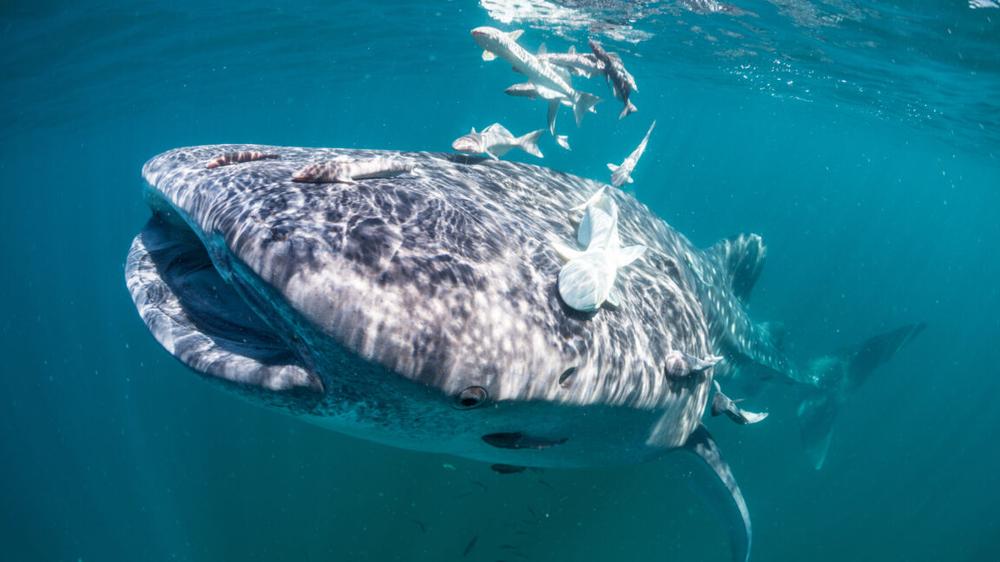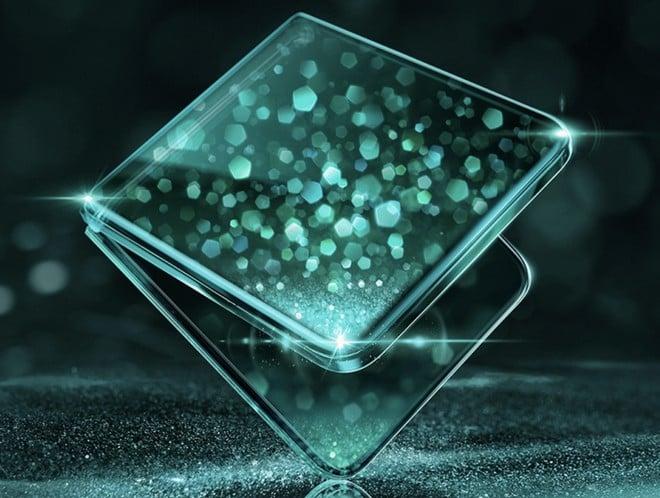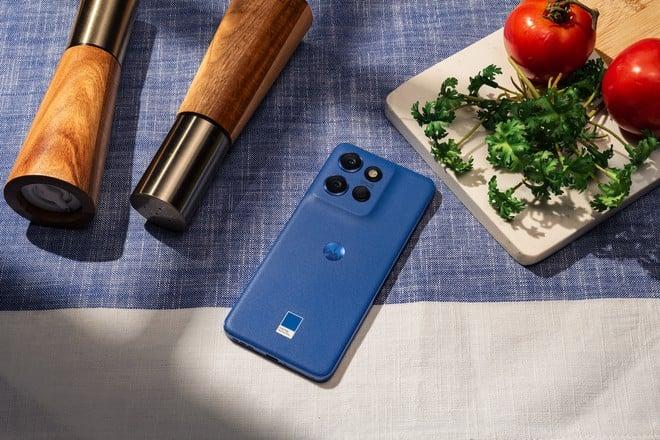Most adhesives can’t stick to wet surfaces because water and other fluids disrupt the adhesive’s bonding mechanisms. This problem, though, has been beautifully solved by evolution in remora suckerfish, which use an adhesive disk on top of their heads to attach to animals like dolphins, sharks, and even manta rays.
A team of MIT scientists has now taken a close look at these remora disks and reverse-engineered them. “Basically, we looked at nature for inspiration,” says Giovanni Traverso, a professor at MIT Department of Mechanical Engineering and senior author of the study.
Sticking Variety
Remora adhesive disks are an evolutionary adaptation of the fish’s first dorsal fin, the one that in other species sits on top of the body, just behind the head and gill covers. The disk rests on an intercalary backbone—a bone structure that most likely evolved from parts of the spine. This bony structure supports lamellae, specialized bony plates with tiny backward-facing spikes called spinules. The entire disk is covered with soft tissue compartments that are open at the top. “This makes the remora fish adhere very securely to soft-bodied, fast-moving marine hosts,” Traverso says.
A remora attaches to the host by pressing itself against the skin, which pushes the water out of these compartments, creating a low-pressure zone. Then, the spinules mechanically interlock with the host’s surface, making the whole thing work a bit like a combination of a suction cup and Velcro. When the fish wants to detach from a host, it lifts the disk, letting water back into the compartments to remove the suction. Once released, it can simply swim away.
What impressed the scientists the most, though, was the versatility of those disks. Reef-associated species of remora like Phtheirichthys lineatus are generalists and stick to various hosts, including other fish, sharks, or turtles. Other species living in the open sea are more specialized and attach to cetaceans, swordfish, or marlins. While most remoras attach to the external tissue of their hosts, R. albescens sticks within the oral cavities and gill chamber of manta rays.
To learn what makes all these different disks so good at sticking underwater, the team first examined their anatomy in detail. It turned out that the difference between the disks was mostly in the positioning of lamellae. Generalist species have a mix of parallel and angled lamellae, while remoras sticking to fast-swimming hosts have them mostly parallel. R. albescens, on the other hand, doesn’t have a dominant lamellae orientation pattern but has them positioned at a very wide variety of angles.
The researchers wanted to make an adhesive device that would work for a wide range of applications, including maritime exploration or underwater manufacturing. Their initial goal, though, was designing a drug delivery platform that could reliably stick to the inside walls of the gastrointestinal tract. So, they chose R. albescens disks as their starting point, since that species already attaches internally to its host. They termed their device an Mechanical Underwater Soft Adhesion System (MUSAS).
However, they didn’t just opt for a biomimetic, copy-and-paste design. “There were things we did differently,” Traverso says.
Upgrading nature
The first key difference was deployment. MUSAS was supposed to travel down the GI tract to reach its destination, so the first challenge was making it fit into a pill. The team chose the size 000 capsule, which at 26 millimeters in length and 9.5 millimeters in diameter, is the largest Food and Drug Administration-approved ingestible form. MUSAS had a supporting structure—just like remora disks, but made with stainless steel. The angled lamellae with spinules fashioned after those on R. albescens were made of a shape memory nickel-titanium alloy. The role of remora’s soft tissues, which provide the suction by dividing the disk into compartments, was played by an elastomer.
MUSAS, would be swallowed in a folded form within its huge pill. “The capsule is tuned to dissolve in specific pH environment, which is how we determine the target location—for example the small intestine has a slightly different pH than the stomach”, says Ziliang Kang, an MIT researcher in Traverso’s group and lead author of the study. Once released, the shape memory alloy in MUSAS lamellae-like structures would unfold in response to body temperature and the whole thing would stick to the wall of the target organ, be it the esophagus, the stomach, or the intestines.
The mechanism of sticking was also a bit different from that of remoras. “The fish can swim and actively press itself against the surface it wants to stick to. MUSAS can’t do that, so instead we relied on the peristaltic movements within the GI tract to exert the necessary force,” Traverso explains. When the muscles contract, MUSAS would be pressed against the wall and attach to it. And it was expected to stay there for quite some time.
The team ran a series of experiments to evaluate MUSAS performance in a few different scenarios. The drug-delivery platform application was tested on pig organ samples. MUSAS stayed in the sample GI tract for an average of nine days, with the longest sticking time reaching three and a half weeks. MUSAS managed to stay in place despite food and fluids going through the samples.
Even when the team poked the devices with a pipette to test what they called “resisting dynamic interference,” MUSAS just slid a little but remained firmly attached. Other experiments included using MUSAS to attach temperature sensors to external tissues of live fish and putting sensors that could detect reflux events in the GI tract of live pigs.
Branching out
The team is working on making MUSAS compatible with a wider range of drugs and mRNA vaccines. “We also think about using this for stimulating tissues,” Traverso says. The solution he has in mind would use MUSAS to deliver electrical pulses to the walls of the GI tract, which Traverso’s lab has shown can activate appetite-regulating hormones. But the team also wants to go beyond strictly medical applications.
The team demonstrated that MUSAS is really strong as an adhesive. When it sticks to a surface, it can hold a weight over a thousand times greater than its own. This puts MUSAS more or less on par with some of the best adhesives we have, such as polyurethane glues or epoxy resins. What’s more, this sticking strength was measured when MUSAS was attached to soft, uneven, wet surfaces. “On a rigid, even surface, the force-to-weight ratio should be even higher,” Kang claims. And this, Kang thinks, makes scaled-up variants of MUSAS a good match for underwater manufacturing.
“The first scenario I see is using MUSAS as grippers attached to robotic arms moving around soft objects,” Kang explains. Currently, this is done using vacuum systems that simply suck onto a fabric or other surface. The problem is that these solutions are rather complex and heavy. Scaled-up MUSAS should be able to achieve the same thing passively, cutting cost and weight. The second idea Kang has is using MUSAS in robots designed to perform maintenance jobs beneath the waterline on boats or ships. “We are really trying to see what is possible,” Traverso says.
Nature, 2025. DOI: 10.1038/s41586-025-09304-4

 Magic V2 Flip: cosa sappiamo del prossimo pieghevole a conchiglia di Honor
Magic V2 Flip: cosa sappiamo del prossimo pieghevole a conchiglia di Honor